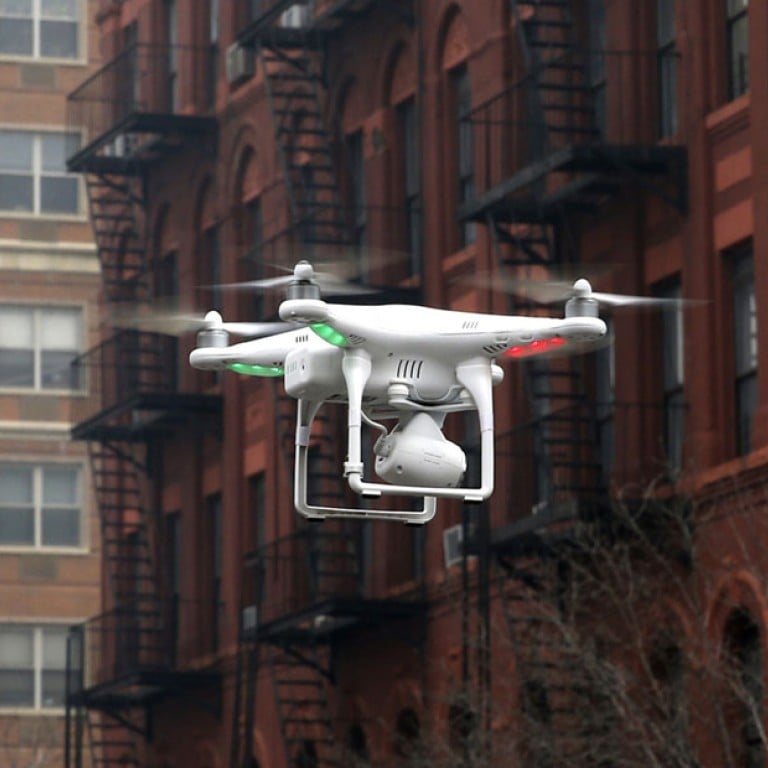
Drone invasion needs regulation
Drones, for most people, are the unmanned aerial vehicles that the US uses for surveillance and missile attacks in terror-prone parts of the world. But these war-ready machines comprise only a tiny percentage of the market, with most being in the hands of users ranging from amateur photographers to university researchers.
Drones, for most people, are the unmanned aerial vehicles that the US uses for surveillance and missile attacks in terror-prone parts of the world. But these war-ready machines comprise only a tiny percentage of the market, with most being in the hands of users ranging from amateur photographers to university researchers. Hong Kong has an estimated 5,000 drones and that number is fast increasing as prices fall and technology improves. Surprisingly, despite their growing prevalence, there is no rush by authorities here to deal with safety and privacy, issues that are hotly debated elsewhere.
Yet drones are the perfect tools for snooping. With miniature cameras mounted, they can zip by windows, track people and objects using smartphone signals and even detect movements behind walls. Their use by the US to kill military targets gives them a sinister element that goes well beyond privacy to physical safety. Intentional death and destruction aside, there is, of course, the matter of accidents; the light metal-and-plastic craft could fall from a height onto the unsuspecting below.
Technological advances mean that the newest drones are barely bound by government regulations. Drones weighing 7kg or more are covered by the Civil Aviation Ordinance, which requires a permit for every flight and restricts where and when they can be flown. Those of a lesser weight - typical for the majority of those used by enthusiasts flying them for fun or amateur photography - are treated the same as remote-controlled toy aircraft. This is not the case in the US, which is wrestling with their use, or Japan, Britain, France and Sweden, among others, where private drones are already regulated. The European Commission is working on Europe-wide regulations.
Technology can often make laws outdated. Privacy Commissioner Allan Chiang Yam-wang and some lawmakers have acknowledged this is the case with drones and expressed concern that rights need to be better protected. The Civil Aviation Department is monitoring a global study.
Regulation is tricky given that the government is increasingly making use of drones. Their commercial potential, from deliveries to real estate to security is huge; new industries are in the offing. Then, of course, there is the matter that drones can produce amazing images and are a boon for amateur or professional photographers. There is a reality, though: that the genie is out of the bottle and authorities need to quickly put privacy and safety matters in order.

